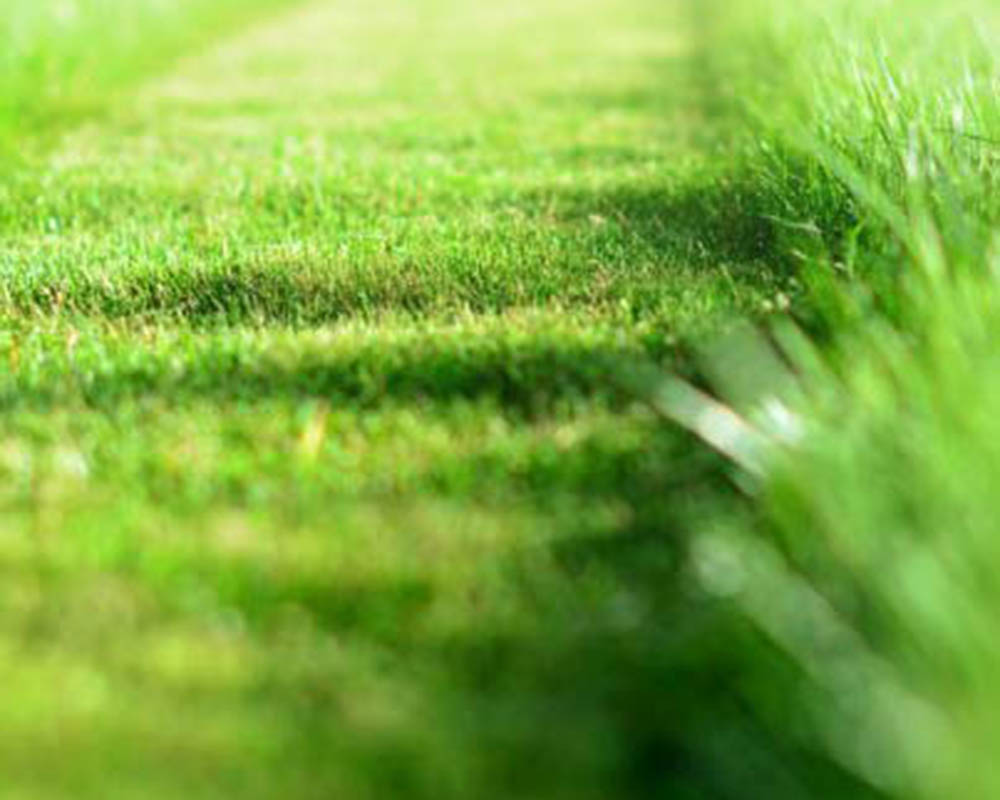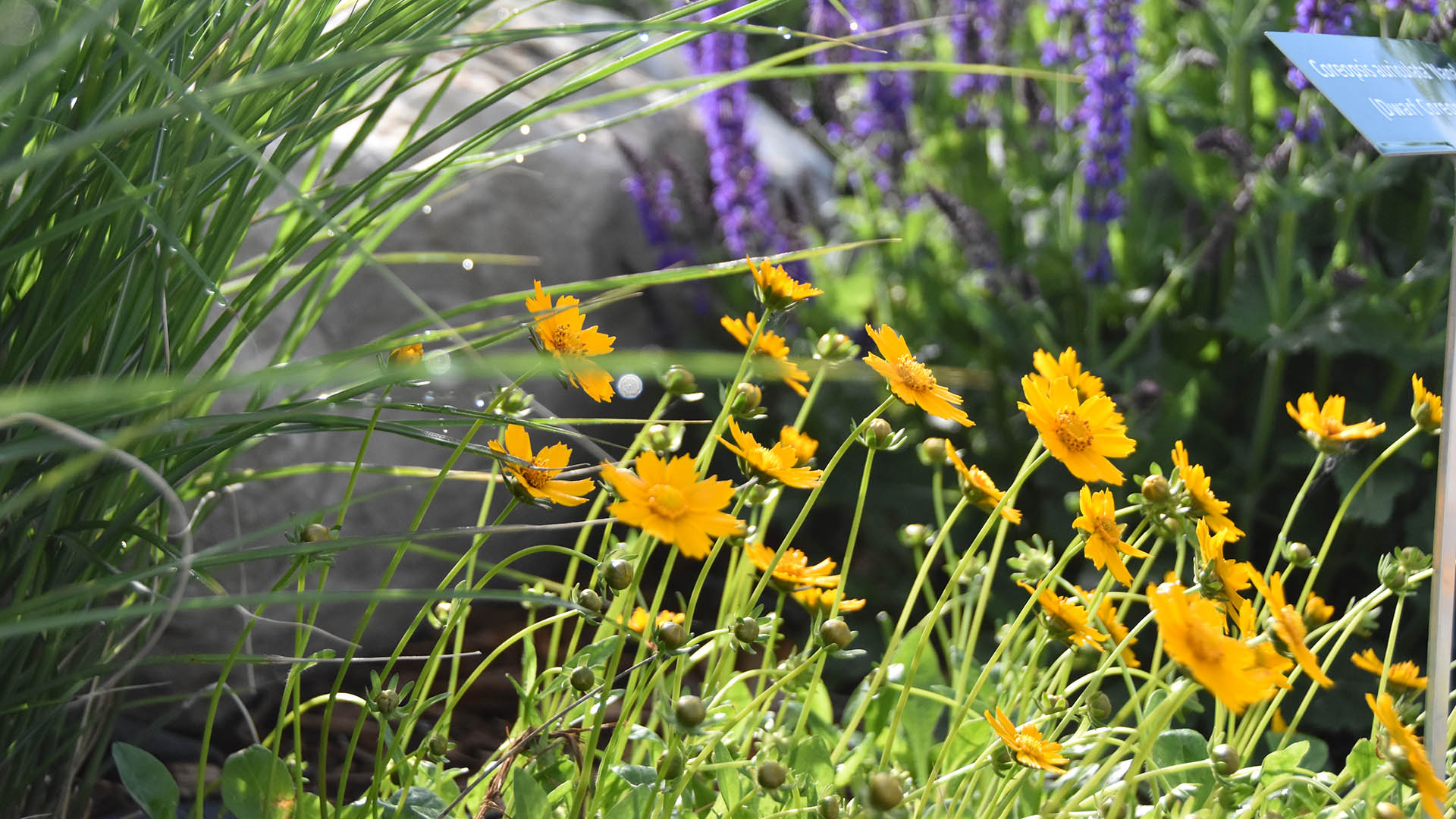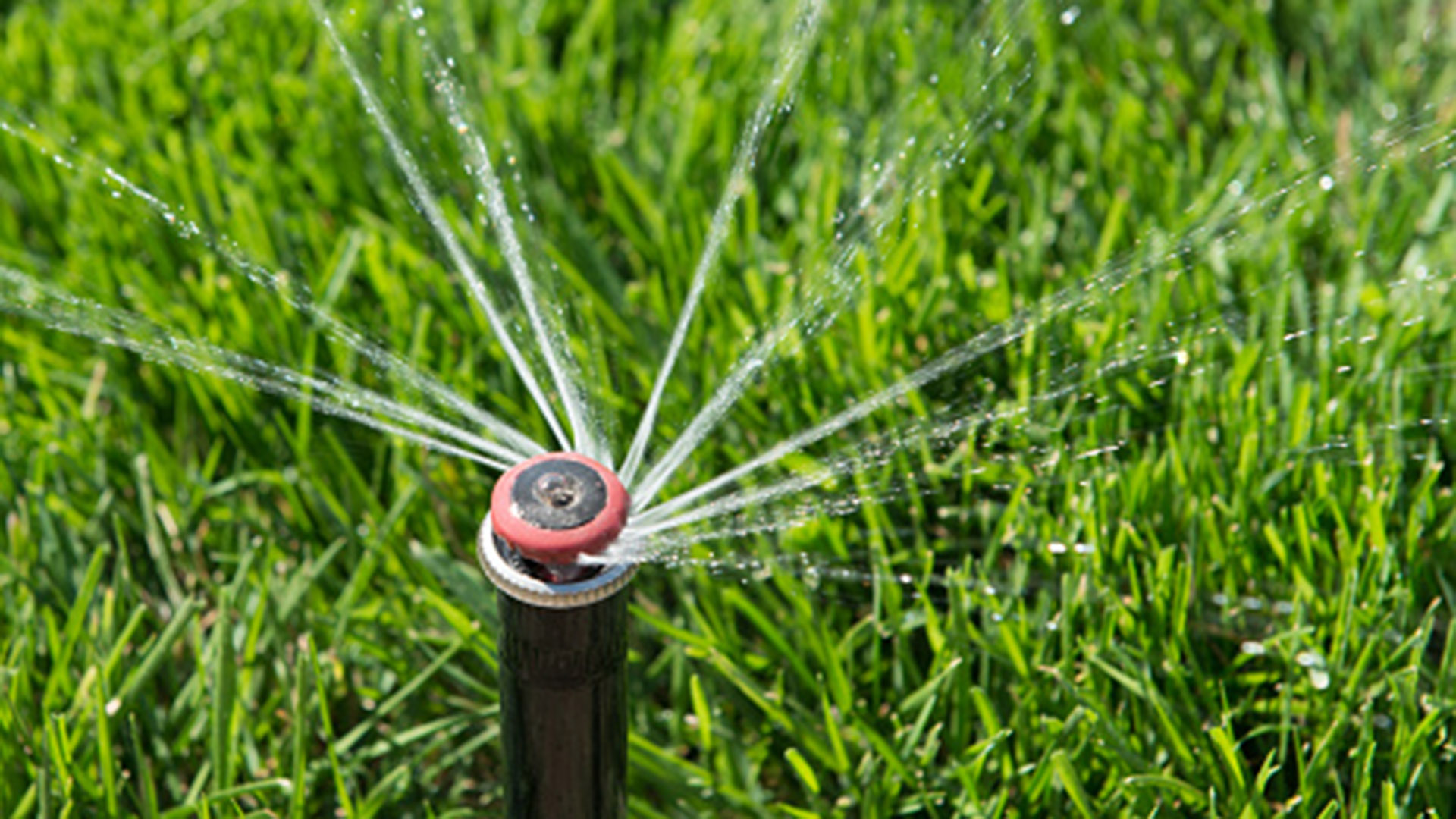Water-Wise Landscapes
Manage Water Use Through Your Landscape Design
As you plan for your landscape you should consider maintenance, costs, time, purpose and benefits of the landscape you manage. While turf is a familiar choice for certain applications, alternatives such as low water use perennials, shrubs, ground covers, ornamental grasses, mulches, decorative rock, walkways or a patio can reduce your use of water, chemicals and need for maintenance.
Selecting Lawn
Starting the plans for a landscape often begin with the lawn. With so many options to consider, it’s important to do your research. Not only should you look at the different turf types, but also consider the location where your lawn will be installed. Bluegrass is a good choice for sunny, high-traffic areas as it is very resilient and drought tolerant. Its dormancy response allows it to go dormant during a drought. Fine fescue is a turf for shady areas, and it requires nearly 20 percent less water. If you have low traffic areas, you may consider buffalo and blue gramma which are native, warm season grasses that tolerate drought and infrequent irrigation, and require less mowing and fertilization.
Once you decide on the type of turf, then begin by preparing your soil properly. Two of the soil types found on Colorado’s Front Range should be amended to improve irrigation effectiveness and increase the ability to retain water. Clay soils hold moisture tightly and have a low infiltration rate, so water must be applied slowly to avoid ponding or runoff. Adding organic matter can improve drainage, reduce soil compaction, promote deeper root zones and reduce irrigation frequency. Sandy soils hold very little moisture and drain quickly. Adding organic matter will improve their moisture retention and promote a healthy lawn that uses less water.


Selecting Plants
Choosing plants for your landscape can be overwhelming with so many choices available. Northern Water’s Conservation Gardens provide numerous plant ideas that will save water while providing a beautiful landscape. Many of these plants can be found at local nurseries. Once established, water-saving plants require less or no irrigation, reduce costs and may better withstand droughts and water restrictions. The Conservation Gardens contain more than 700 low water use plants and materials, from shrubs and small trees to perennial grasses and ground covers. Plant Select varieties thrive in our climate and are often regionally available from local nurseries. If you’re looking to support pollinators, many third parties offer guidance on landscapes that provide ecosystem services including food, habitat and sustainability.
Saving Water on Lawns & Gardens
Once you’ve reviewed your options for lawn and plants, you will want to make sure you’re watering efficiently. This is a great time to ensure your sprinkler system doesn’t have any leaks that could increase your water usage. Leaks may be caused by broken sprinkler heads, malfunctioning valves, cracked lines or sprinkler head damage. As you check for leaks, also do an audit of your system components. Replace any old sprinkler heads and install a smart controller to improve your watering schedule. To get help, use CSU Extension’s Lawn Irrigation Self Audit or pursue a Slow the Flow Audit from Resource Central.
Prevent overwatering by measuring how much water you apply to the landscape. Water less in spring, late summer and early fall when plant and lawn water demands are lower. By seasonally adjusting the sprinkler controller you can save a significant amount of water. Budget for your water use using the EPA's Water Budget Tool.

Water application rates vary throughout the watering season. In midsummer, under ideal conditions, you should apply 1 to 1.5 inches of water per week to your lawn for clay or loamy soils. For Kentucky Bluegrass you will need to water two to three days per week in mid-summer to replace the 1.5 inches of moisture lost to evapotranspiration. Sandy soils may need to water over several days so water does not migrate below the root zone. Use the “cycle and soak” method to efficiently irrigate your landscape. Water for shorter intervals with several start times per cycle. Just remember to adjust the irrigation controller monthly based on the weather conditions or utilize your controller’s “smart” weather-based algorithms.
Use these tips to understand your lawn's water needs:
- If a screwdriver can be easily inserted 3 to 4 inches into the ground you don’t need to water.
- Water when footprints or mower tracks become clearly visible and remain for 20 minutes or more, or when the lawn takes on a bluish-gray color.
- Water from 10 p.m. to 6 a.m. - or when allowed by your water provider's rules - not during the heat of day or when the wind is blowing.
- Set sprinklers to only water the landscape, not sidewalks, driveways or other areas.
Maintaining Lawn & Plants
With your new landscape installed, now is time to make sure you maintain it. By preparing your soil, selecting the right plants and understanding the landscape watering needs, you're already on the right path. Now it's time to maintain a healthy landscape. Here are some tips to follow:
- Mow your lawn 3 inches high to keep it healthy. Never remove more than one-third of the total grass height during a single mowing. If your grass gets too tall, increase the mower height and remove grass during several cuttings to reduce turf stress.
- Fertilization and core aeration maintain a healthy lawn. Turf needs fertilizer to remain healthy and out-compete weeds. Core aeration will break up thatch and compacted soil, allowing water and air to penetrate deep into the root zone. Aerate your lawn in the spring and if you have heavy clay soil repeat in the fall.

- Regularly prune plants to promote plant vigor and improve appearance. For many varieties of trees and shrubs, the best seasons to prune are winter or early spring. Familiarize yourself with the plant and the proper pruning techniques before starting any cuts. If you aren’t sure of what plants you have, try the PlantSnap app for Apple or Android.
- Use mulches to conserve water and reduce weed growth. Mulches save water by reducing evaporation from the soil surface, increasing water retention and minimizing soil crusting. Organic mulches include garden waste, grass clippings and bark. Recommend inorganic mulches includes rock or crushed stone; this type of mulching can increase re-radiating heat to plant. The CSU Extension also recommends not using weed fabric as it is ineffective at weed control, reduces soil health, prevents access to irrigation lines, restricts plant and tree growth, and reduces the ecosystem.
- Good plant health is the best pest and disease deterrent. Overwatering or wetting plant leaves for long periods can promote plant disease.
